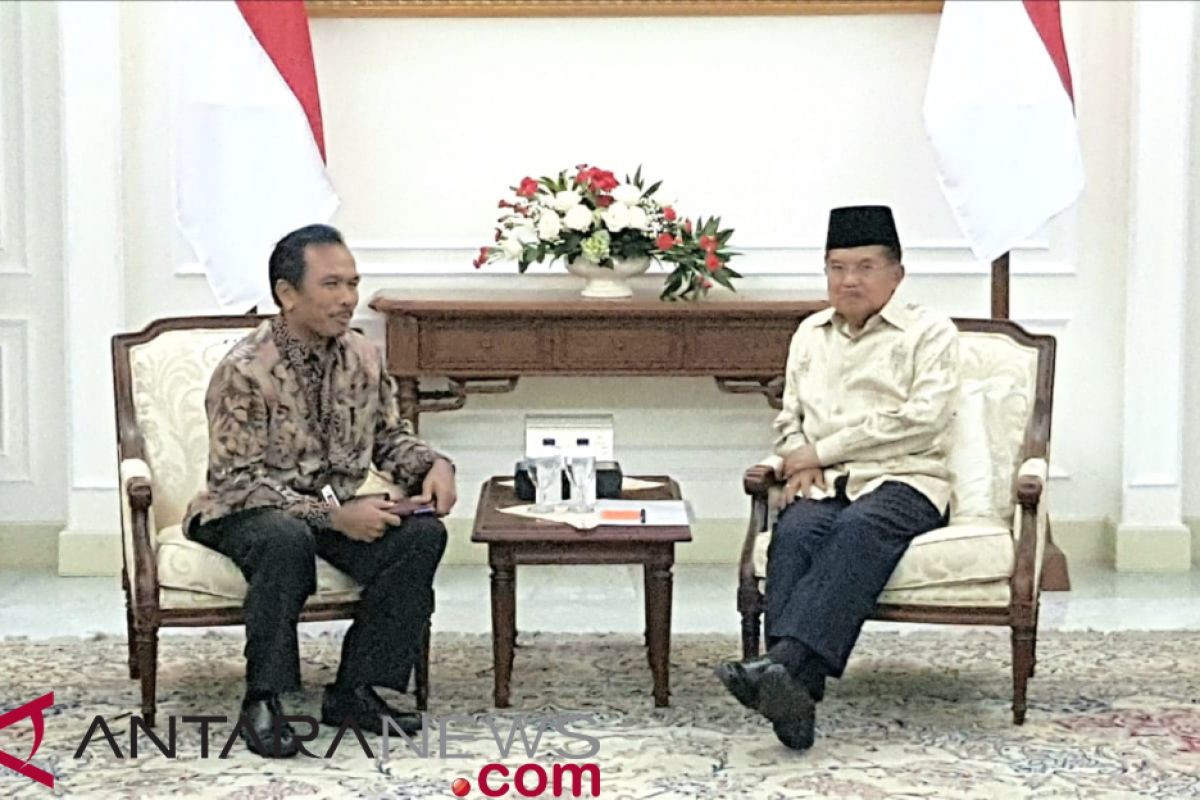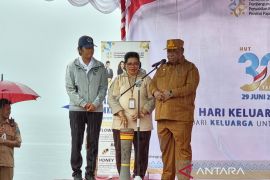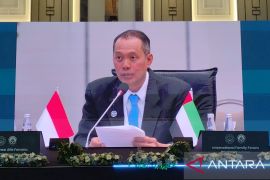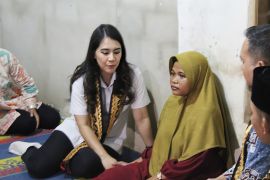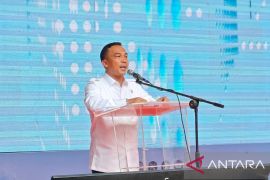"Vice President Jusuf Kalla has delivered a message on the necessity to prioritize an endeavor to control the growth rate of the poor population and those residing in the cities` densely populated areas," BKKBN Principal Secretary Nofrijal stated here on Friday.
Speaking to journalists after meeting with Kalla here, Nofrijal remarked the BKKBN will control the population growth rate by attempting to lower the fertility rate, or live births per woman, and increase the family planning communities.
Referring to BKKBN`s statistical data, he said Indonesia`s fertility rate was recorded at 2.6, from 2001 to 2012. The figure then declined to 2.4 in 2017, he remarked, adding that the birth or natality rate could be optimized by increasing the legal marrying age.
The age of first marriage has currently reached over 21 years old. In the past, the average marrying age of Indonesians was 20 years or below 19 years old, he stated.
Speaking in response to a query on the Family Planning Communities Program, Nofrijal remarked that some 13 thousand family planning communities existed at the district level. Starting from 2017, the BKKBN has been developing a family planning community in every sub-district.
In connection with the poverty rate, the central government has been striving to reduce its poverty rate that is expected to reach nine percent by the end of this year.
National Development Planning Minister Bambang Brodjonegoro stated that his ministry had set a target of reducing the poverty rate to the level of 8.5 to 9.5 percent.
To achieve the target, the government will focus on strengthening its social aid services for appropriate and eligible recipients, including the non-cash food assistance program (BPNT) and Indonesian Health Cards (KIS), he recently explained.
The targeted recipients of programs, such as the BNPN, KIS, Family Hope Program (PKH), and the Indonesian Smart Cards (KIP), are those belonging to the list of extreme poverty.
Those vulnerable to falling into the poverty line will be economically empowered by offering access to microfinance and by creating more jobs, Brodjonegoro stated.
As of September 2018, Indonesia still had 25.67 million poor people. The total figure decreased around 0.28 million people as compared to that of March 2018 and around 0.91 million people than that of September 2017.
Reporting by Fransiska Ninditya, Rahmad Nasution
Editing by Suharto
Reporter: Antara
Editor: Suharto
Copyright © ANTARA 2019
